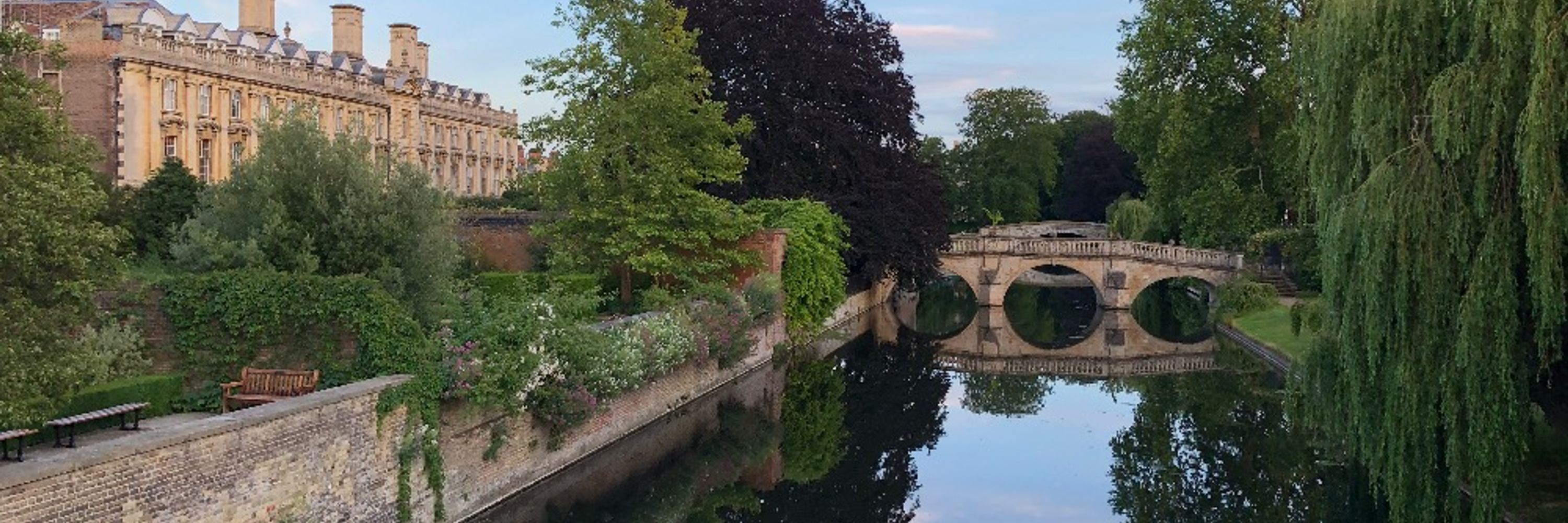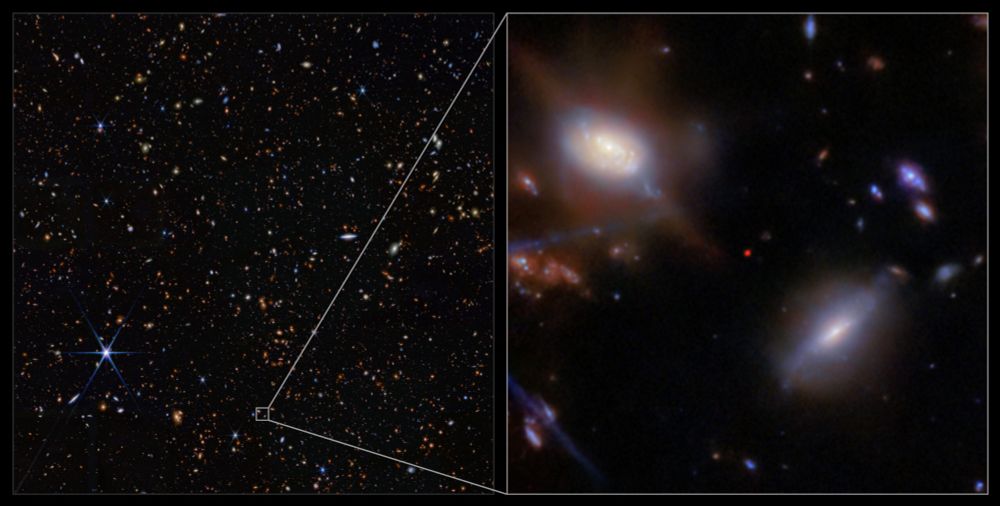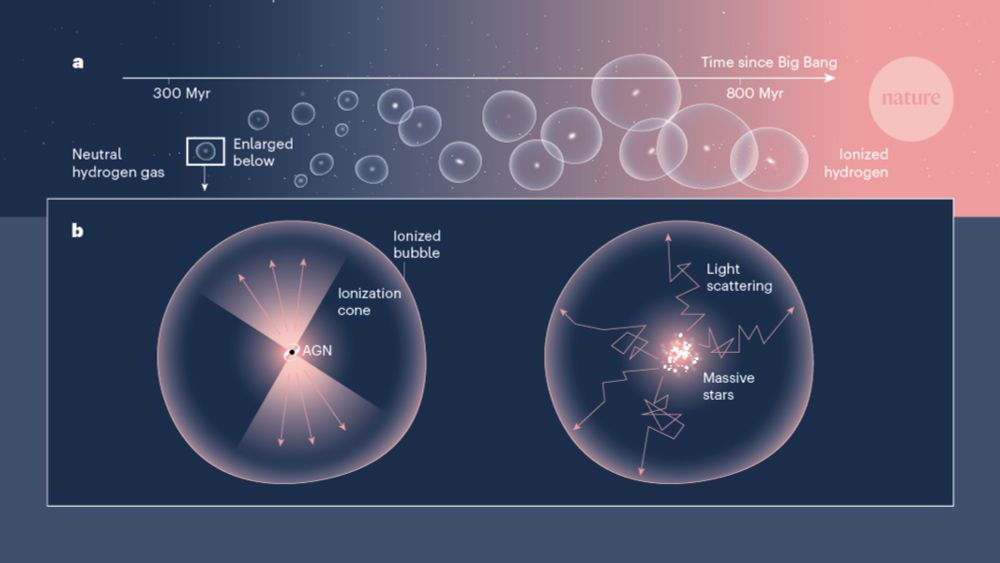
ESA (@esa.int): esawebb.org/news/weic2505/
NASA: webbtelescope.org/contents/new...
DAWN (@cosmicdawncenter.bsky.social): cosmicdawn.dk/news/james-w...
Cambridge (@cambridgeuni.bsky.social): www.cam.ac.uk/research/new...

ESA (@esa.int): esawebb.org/news/weic2505/
NASA: webbtelescope.org/contents/new...
DAWN (@cosmicdawncenter.bsky.social): cosmicdawn.dk/news/james-w...
Cambridge (@cambridgeuni.bsky.social): www.cam.ac.uk/research/new...
JADES website (with interactive image viewer): jades-survey.github.io

JADES website (with interactive image viewer): jades-survey.github.io
As illustrated beautifully in the News & Views article by Michele Trenti:

As illustrated beautifully in the News & Views article by Michele Trenti:
Image credits: ESA/Webb, NASA, CSA, STScI, J. Olmsted (STScI), S. Carniani (Scuola Normale Superiore), P. Jakobsen

Image credits: ESA/Webb, NASA, CSA, STScI, J. Olmsted (STScI), S. Carniani (Scuola Normale Superiore), P. Jakobsen

